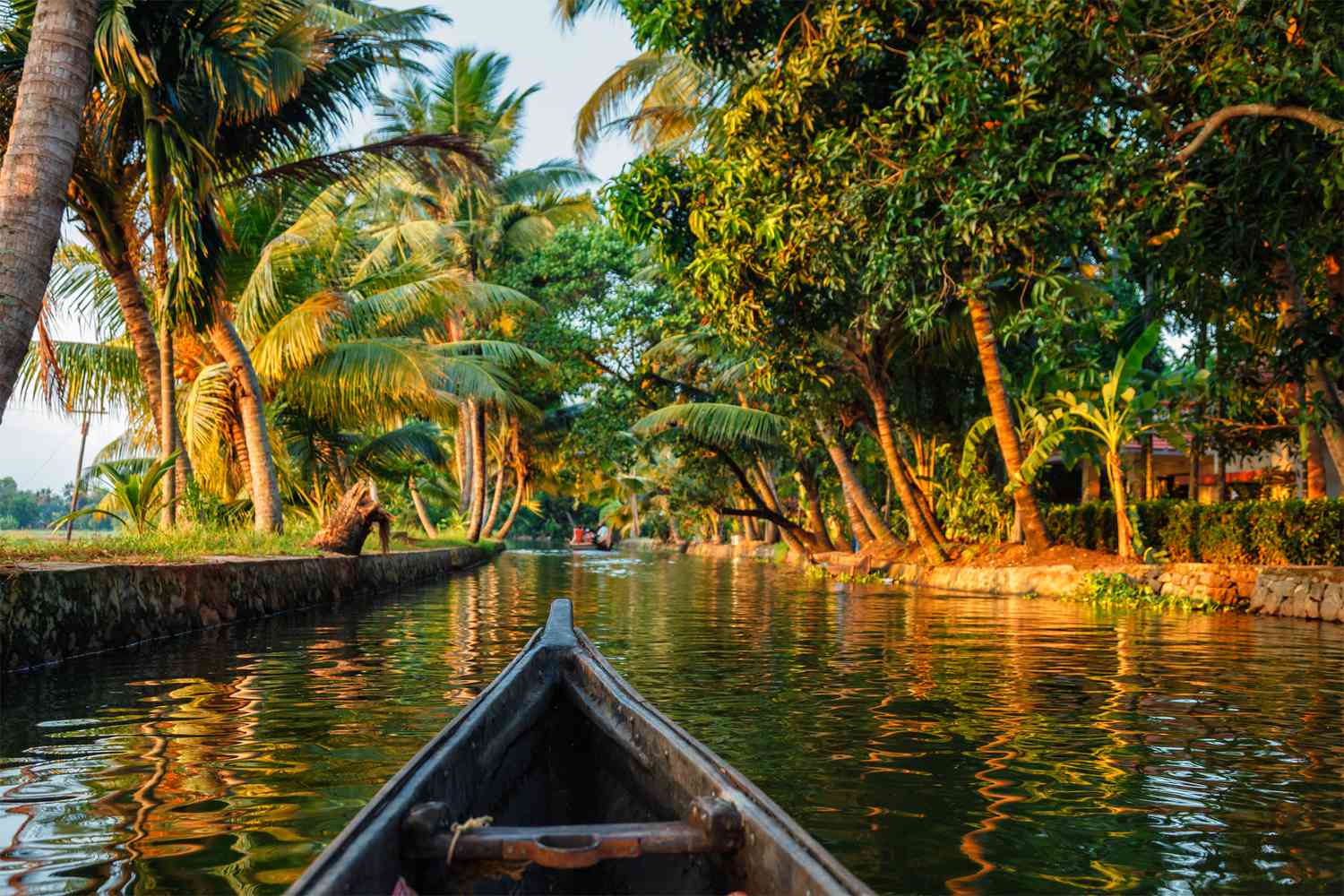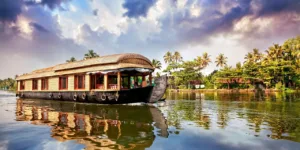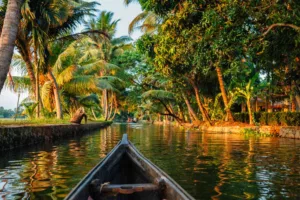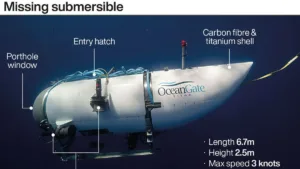
Hope and Serenity of Kumarakom Backwaters as a Pathway for Resolving Differences: Insights from India's G20 Sherpa, Amitabh Kant

The Kumarakom backwaters in the southern Indian state of Kerala are a unique ecosystem that comprises interconnected canals, lagoons, and lakes. This natural wonder has attracted millions of tourists and nature lovers from around the world, thanks to its rich biodiversity and serene beauty.
However, the Kumarakom backwaters have recently been in the news for a different reason – as a potential site for resolving differences and fostering hope. Amitabh Kant, India’s G20 Sherpa, has suggested that the hope and serenity of Kumarakom backwaters could be harnessed to resolve differences between conflicting parties. In this paper, we explore the various dimensions of this argument and assess its feasibility and potential implications.

Significance of Kumarakom Backwaters:
The Kumarakom backwaters are not just a picturesque landscape but also an important ecological and cultural site. The backwaters are home to a variety of flora and fauna, including endangered species such as the oriental darter and purple heron. The canals and lagoons are also important for the local fishing communities, who rely on the backwaters for their livelihoods.
Additionally, Kumarakom backwaters are also significant from a cultural and historical perspective, as they have been an important site for traditional boat races and festivals for centuries. Understanding the ecological, cultural, and historical significance of Kumarakom backwaters is essential for assessing its potential as a site for conflict resolution.

Role of Nature in Conflict Resolution:
The idea of using natural landscapes as a means of resolving differences is not new. Research has shown that natural environments can have a calming and soothing effect on the human mind and can facilitate communication and collaboration between conflicting parties.
\Moreover, nature-based conflict resolution approaches have been used successfully in various settings, such as conservation projects and community development initiatives. However, there are also challenges and limitations associated with using natural landscapes as a means of resolving differences. For example, the use of natural spaces for conflict resolution may lead to the commodification and exploitation of the environment, which could exacerbate existing conflicts.
Potential Implications:
The use of Kumarakom backwaters as a site for resolving differences could have various implications, both positive and negative. On the positive side, it could bring conflicting parties together and facilitate dialogue and cooperation.
Moreover, it could raise awareness about the importance of preserving natural ecosystems and promoting sustainable tourism. However, there are also potential negative implications, such as the possibility of commercializing the environment, leading to conflicts over resource allocation and use. Therefore, it is essential to carefully consider the potential implications of using Kumarakom backwaters for conflict resolution.

Challenges and Limitations:
There are several challenges and limitations associated with using Kumarakom backwaters as a site for conflict resolution. For instance, conflicts over resource allocation and use could arise if the backwaters are commercialized. Moreover, the use of natural landscapes for conflict resolution may not be suitable for all types of conflicts, especially those that are deeply rooted in political or ideological differences.
Additionally, there may be practical challenges, such as access to the backwaters and ensuring the safety and security of participants. These challenges and limitations need to be carefully considered and addressed to ensure that the use of Kumarakom backwaters as a site for conflict resolution is effective and sustainable.

Future Directions:
The idea of using natural landscapes as a means of conflict resolution is a promising one, but it requires further research and exploration. Future studies could investigate the effectiveness of nature-based conflict resolution approaches in different contexts and settings. Additionally, it is essential to develop frameworks and guidelines for using natural landscapes as a means of conflict resolution that takes into account the ecological, cultural, and social context of the site. Moreover, policymakers and stakeholders need to work together to ensure that the use of natural landscapes for conflict resolution is sustainable, equitable, and respectful of the rights and interests of all parties involved.

Conclusion:
The hope and serenity of Kumarakom backwaters provide a unique opportunity for conflict resolution and fostering cooperation between conflicting parties. However, this approach requires careful consideration of the ecological, cultural, and social context of the site, as well as the potential implications and challenges associated with its use. By taking a holistic and collaborative approach, policymakers and stakeholders can harness the potential of Kumarakom backwaters as a site for conflict resolution and promote sustainable and peaceful coexistence.







